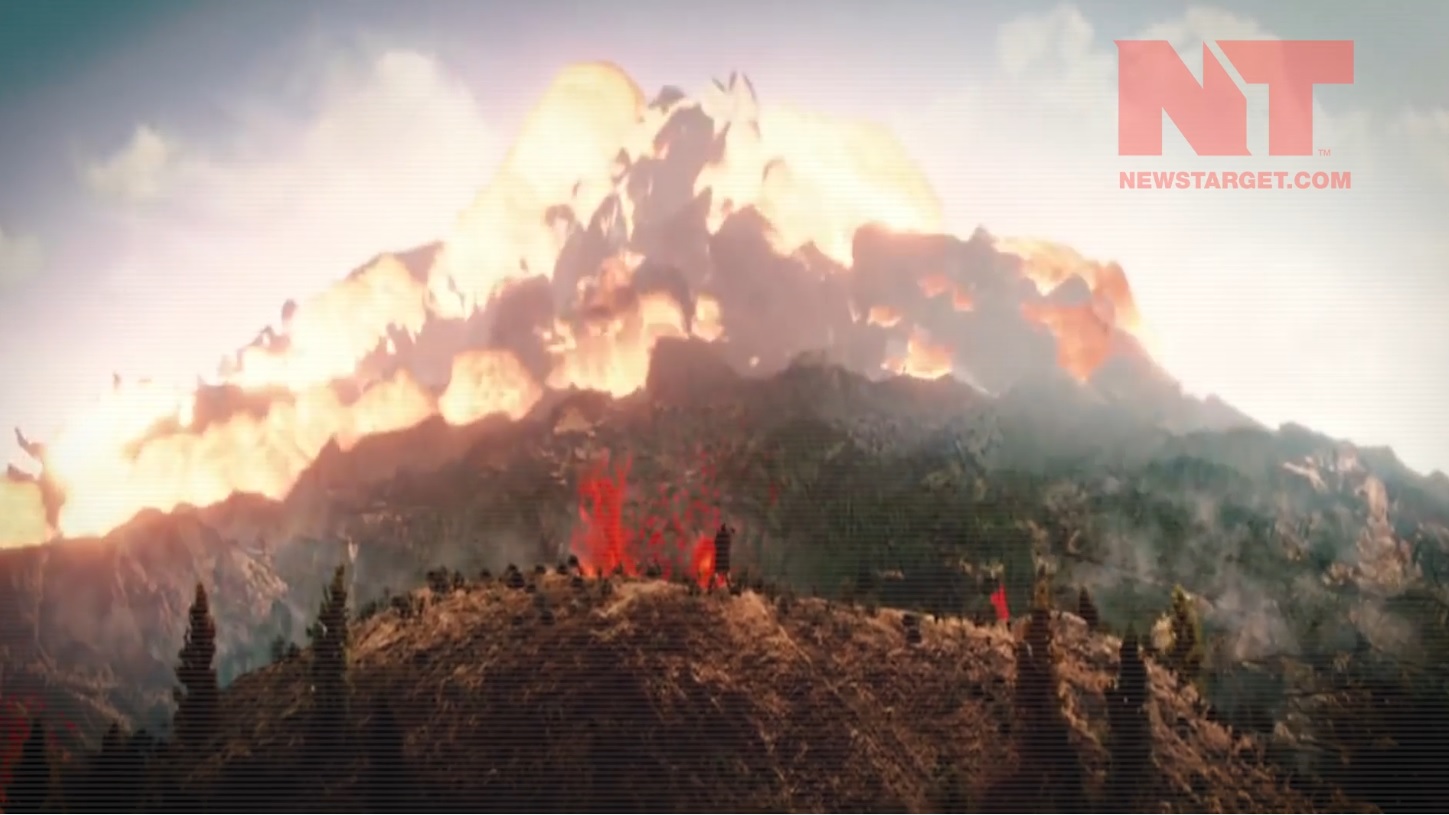Archaeologists discover brain cells preserved in glassy skull from the Mt. Vesuvius eruption 2,000 years ago
10/14/2020 / By Virgilio Marin

Researchers from Italy have found what appears to be intact brain cells that belonged to a man scorched alive by the eruption of Mt. Vesuvius.
The cells were preserved within the man’s blackened skull, vitrified, or turned into a glass-like substance, after being exposed to extreme heat and cooling rapidly, reported the researchers in the journal PLOS ONE. The team examined the skull using an electron microscope and observed structures and features that resembled brain cells.
The man’s remains were discovered in the 1960s in Herculaneum, an ancient city that sat at Mt. Vesuvius’s foot in southern Italy. Herculaneum and the doomed city of Pompeii were among the settlements covered in volcanic ash when the volcano erupted in A.D. 79.
Brain cells preserved in glass-like material
Lead researcher Pier Paolo Petrone, a forensic anthropologist at the University of Naples Federico II, co-authored an earlier study suggesting the presence of brain material in the skull. According to Tim Thompson, a forensic anthropologist at Teesside University in the U.K. who was not involved in either study, the finding was unique as brains didn’t normally survive long after death.
“It’s one of the earliest things to decompose in a standard decompositional context,” Thompson told Ars Technica.
Under normal circumstances, brain matter would have been saponified and turned into a mixture of glycerol and fatty acids after being exposed to heat. But Petrone’s team suggested that the material was vitrified. They estimated that the pyroclastic flow temperatures likely reached more than 900 degrees based on the charred wood found at the site. Such intense heat likely burnt body fat and vaporized soft tissue while vitrifying the man’s brain, they posited.
In the latest study, researchers re-evaluated the finding through electron microscopy, which allowed them to obtain a detailed look of the material and all its minute intricacies. They found what appeared to be brain cell structures perfectly frozen in place. They were around 550 to 830 nanometers wide and were rich in carbon and oxygen, indicating that the material was organic.
“The results of our study show that the vitrification process occurred at Herculaneum, unique of its kind, has frozen the neuronal structures of this victim, preserving them intact until today,” said Petrone. The victim, estimated to be 25 years old at the time of death, was found lying on a wooden bed inside the Collegium Augustalium, a building devoted to the worship of Emperor Augustus where he was said to be a custodian.
Eruption of Mt. Vesuvius in A.D. 79
On Aug. 24, Mt. Vesuvius erupted after centuries of being dormant, unleashing pyroclastic flow and a giant volcanic cloud. Herculaneum and Pompeii were buried under a thick blanket of ash and pumice, never rebuilt and largely forgotten until their discovery in the 18th century.
During the volcano’s explosion, it unleashed “a dark and horrible cloud charged with combustible matter,” according to Pliny the Younger, a Roman author and administrator who was 17 years old at the time of the disaster. He was staying west along the Bay of Naples and provided much of what historians know about the eruption. According to his accounts, people covered their heads with pillows as their only defense against the volcano’s ejecta. Thousands of people were scorched to death while others died of the toxic gas.
Excavations at Pompeii centuries later would show that the remains of over 1,500 people were hardened and reduced to skeletons. When they were exhumed from the bed of ash, they left distinct indentations that were later filled with plaster by archaeologists, revealing their poses during their final moments. Some of them lay prone on the ground while one was in a squatting position. (Related: Report: Supervolcano that could kill millions of Europeans ready to blow.)
While Mt. Vesuvius is dormant now, it is still alive and is expected to erupt again someday. Its last eruption was in 1944 while the last major one was in 1631. If it explodes now, it could threaten the lives of about 700,000 people who live near the volcano.
Read more research on vitrified volcanic remains at Artifacts.news.
Sources include:
Tagged Under: ancient history, Archaeology, artifacts, Brain cells, disaster, discovery, excavation, Mt. Vesuvius, Pompeii, research, vitrification, volcanic ash, volcanic cloud, volcanic eruption
RECENT NEWS & ARTICLES
COPYRIGHT © 2017 ARTIFACTS NEWS




















